“All organisations, even the most renowned and successful, sometimes make the right things too hard and the wrong things too easy.”1 Sutton and Rao address this problem at an organisational level in their book, “The Friction Project.” I want to apply their concept to our current ethical review framework and discuss where speed should be encouraged and when deliberative slowing is necessary. After a brief discussion of the need for ethical review, we will examine the steps of review and how we might best accomplish applying appropriate speed and caution.
In 1966, Henry K. Beecher published an article detailing 22 examples of unethical clinical research undertaken by well respected investigators prior to the regulation of human research in the United States.2 Beecher recommended that the enforcement of ethical standards rest with publishers of scientific articles. After the publication of this article and other public research ethics lapses, the United States established the National Commission for the Protection of Human Subjects of Biomedical and Behavioral Research (National Commission) and then followed their recommendations in enacting regulations requiring review by an institutional review board (IRB) for grantees under the Public Health Services Act in 1974. These regulations were followed by Food and Drug Administration (FDA) regulations requiring IRBs to conduct ethical reviews of clinical trials in 1981. The regulations establish clear criteria for approval of research involving humans.








